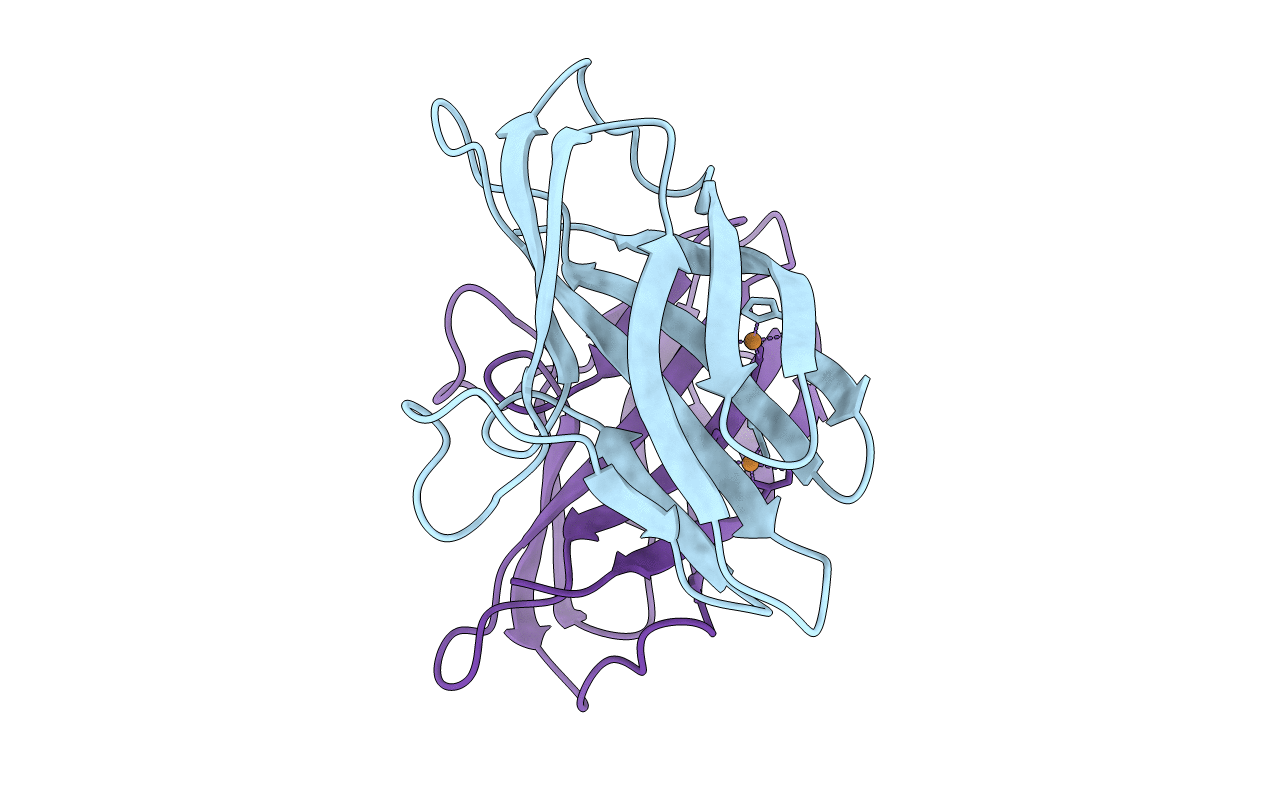
Deposition Date
2019-05-19
Release Date
2019-09-25
Last Version Date
2023-10-11
Entry Detail
Biological Source:
Source Organism:
Methylocystis sp. ATCC 49242 (Taxon ID: 622637)
Host Organism:
Method Details:
Experimental Method:
Resolution:
1.91 Å
R-Value Free:
0.23
R-Value Work:
0.19
R-Value Observed:
0.19
Space Group:
P 21 21 21


